From Gafanha do Areão, set off for your next destination with the picturesque Ria de Aveiro by your side. Just 2 kilometers away, the Bird Observatory of the Gafanha da Boa Hora Environmental Circuit invites for an exploration.
Within the parish of Gafanha da Boa Hora lies a Waterpark, offering a few hours of thrilling adrenaline and adventure.
Pressing onward, a detour leads you to the alluring Vagueira Beach, widely regarded as the most renowned in the entire region. With its expansive stretch of sandy shoreline and a charming promenade that treats you to panoramic views of the sea, this beach distinguishes itself through the practice of Arte Xávega fishing, a traditional technique.
In Gafanha do Carmo, a visit to the picnic park beckons before you cycle onward to Gafanha da Nazaré. Here, two noteworthy beaches await your exploration. First, Barra Beach, nestled adjacent to the pier that marks the entrance to the Port of Aveiro, where the Ria elegantly converges. And then, the iconic Costa Nova Beach, undeniably one of Portugal’s most visually captivating coastal gems. This beach is bedecked with its unique “Palheiros,” traditional bathing cabins adorned with vivid and contrasting stripes that add a burst of color to the landscape.
To advance from this Section to section 28, you need to cross the Ria de Aveiro via a river connection by ferry. Departing from Forte da Barra, this ferry navigates to São Jacinto, nestled within Aveiro.
Photos:
Câmara Municipal de Vagos; Visit Ílhavo; Turismo Centro de Portugal
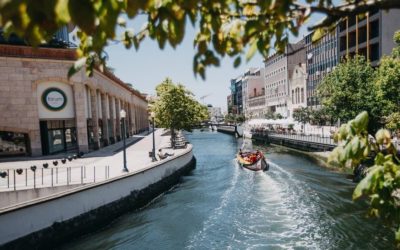
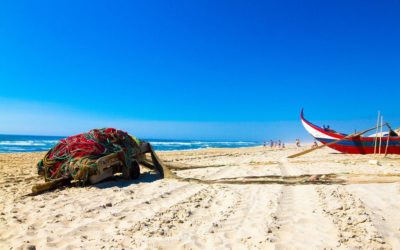


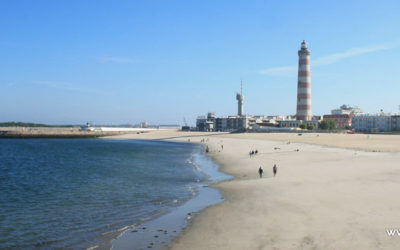
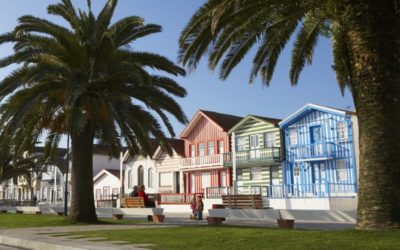
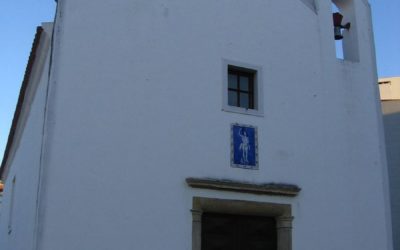
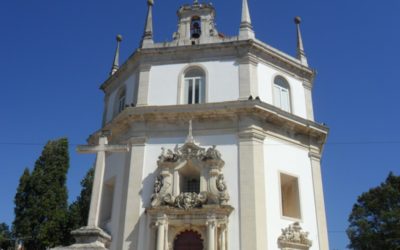
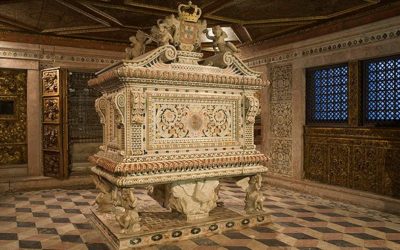


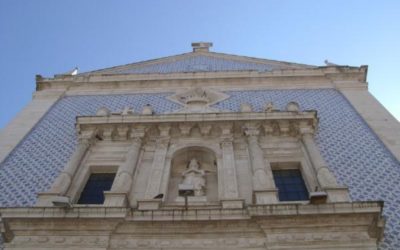
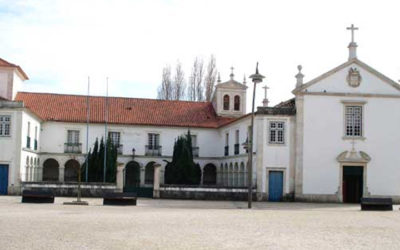
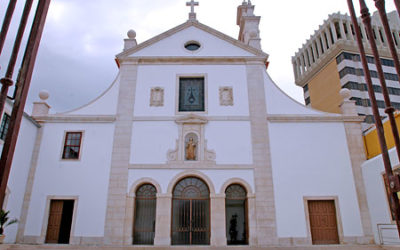
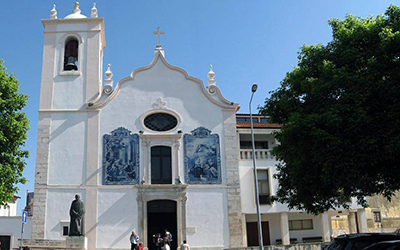

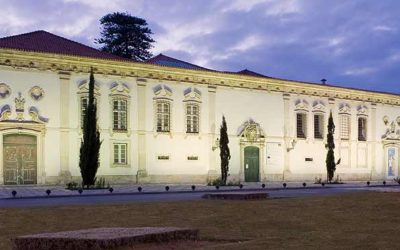
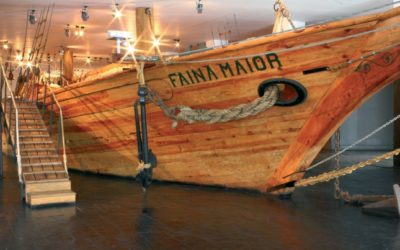

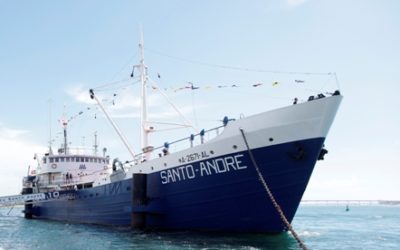
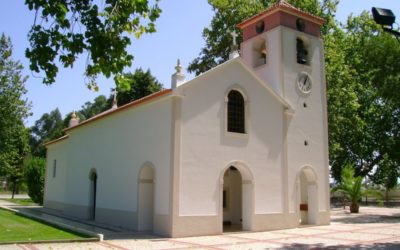
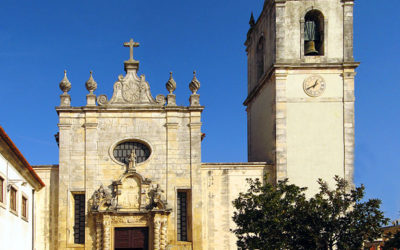
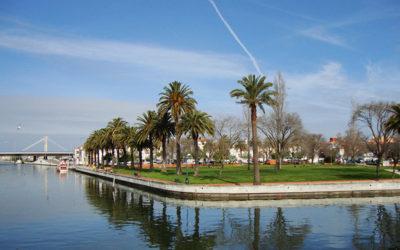
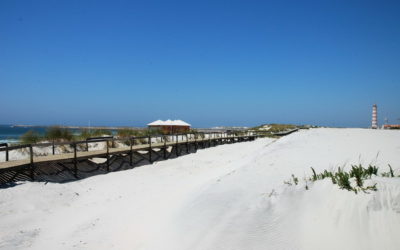
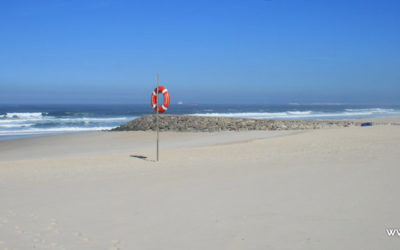
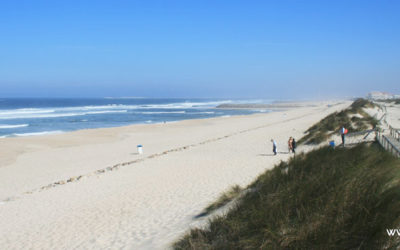
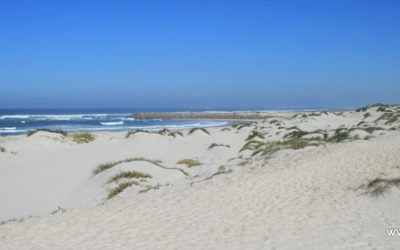
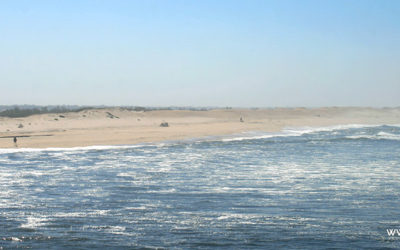
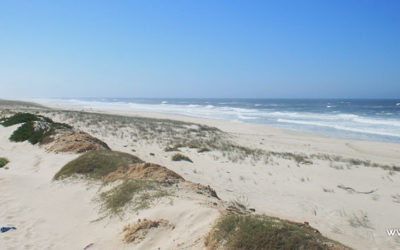
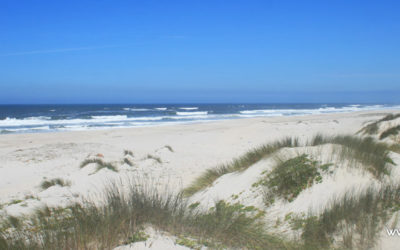
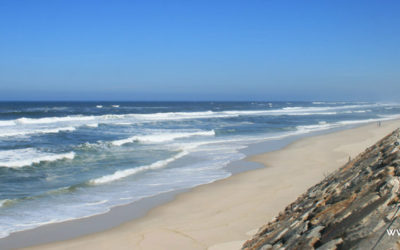
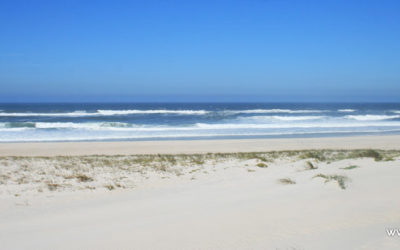

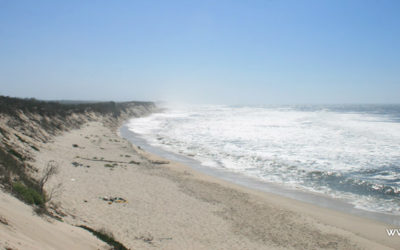
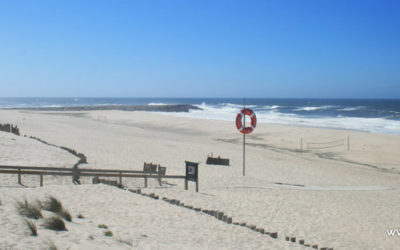
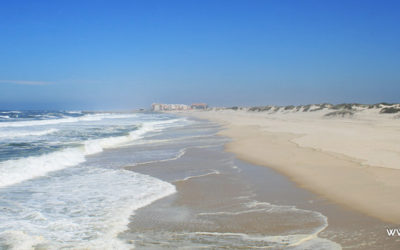

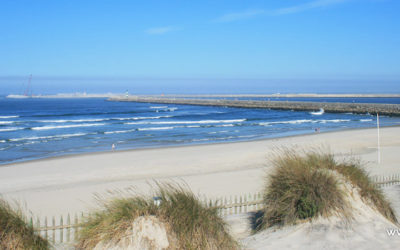
Comments: Section 24